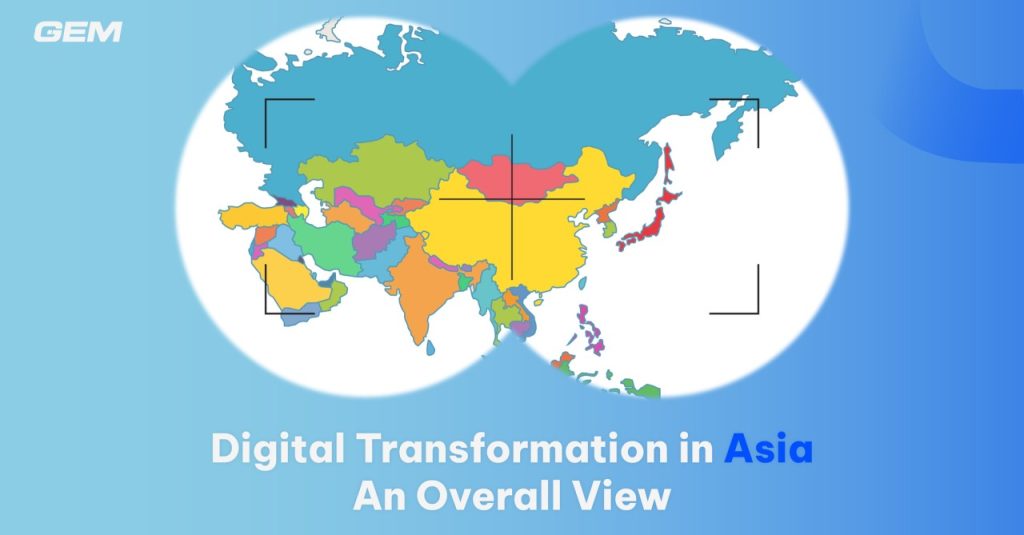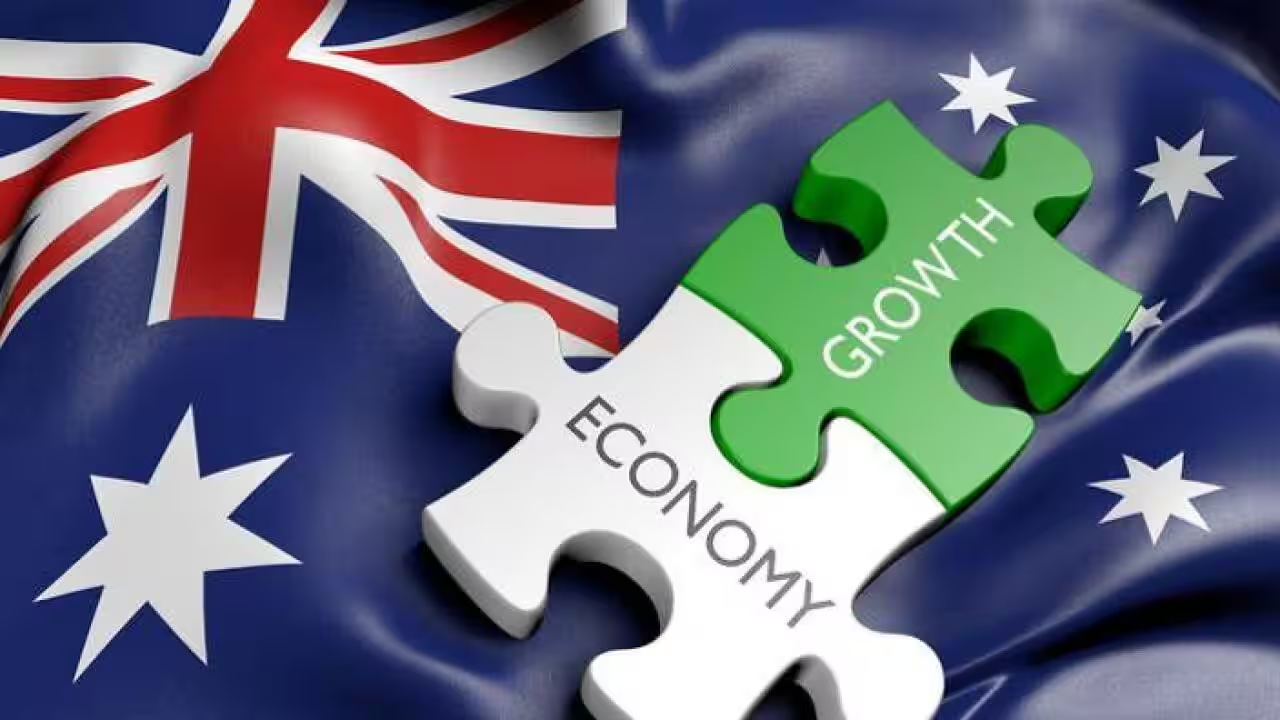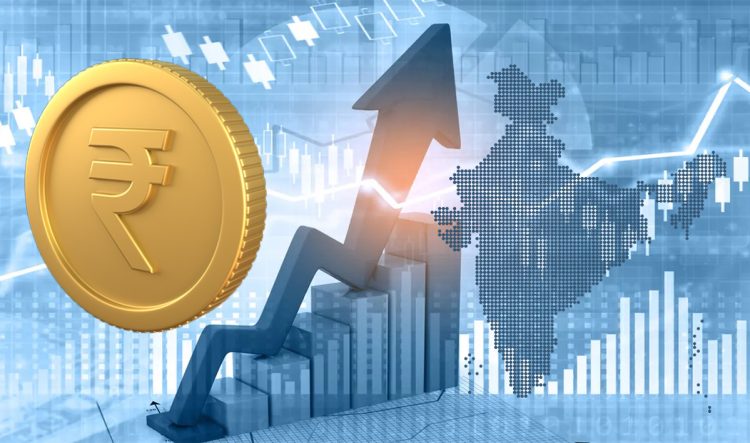Introduction
The Asia-Pacific region has long been recognized as a key player in the global economy, with major economies like China, Japan, and India dominating the landscape. However, in recent years, a new wave of emerging markets within this region is drawing significant attention from investors. Countries such as Vietnam, the Philippines, Indonesia, and others are experiencing rapid economic growth, driven by key factors like manufacturing, digital transformation, and increasing integration into global supply chains. As the region’s emerging economies continue to grow and evolve, they present unique opportunities and risks for investors.
This article explores the emerging economies of the Asia-Pacific, focusing on their growth drivers, the risks they face, and the top sectors attracting foreign direct investment (FDI). By understanding these dynamics, investors can better position themselves to tap into the opportunities presented by these rising markets.
1. Overview of Emerging Markets in the Region
The Asia-Pacific region is home to a wide array of emerging economies that offer significant growth potential. While countries like China and India have dominated the headlines in recent decades, nations like Vietnam, the Philippines, and Indonesia are now catching the eye of international investors. These countries, often characterized by young populations, increasing urbanization, and expanding middle classes, are expected to play a larger role in the global economy in the coming years.
Vietnam
Vietnam is often regarded as one of the fastest-growing economies in Southeast Asia. With a population of over 98 million people and a young workforce, the country has become an attractive destination for foreign investment. In recent years, Vietnam has benefited from its strategic location, low labor costs, and strong trade relationships with both China and the U.S. The country is emerging as a manufacturing hub for sectors such as electronics, textiles, and automotive components, positioning itself as a key player in global supply chains.
Philippines
The Philippines, with a population of over 113 million, has seen significant improvements in economic growth, driven by a strong services sector, particularly in business process outsourcing (BPO). The country also benefits from a growing middle class, which is driving demand for consumer goods and services. While it still faces challenges such as infrastructure gaps and political instability, the Philippines remains an attractive destination for investment due to its strategic location and large, youthful labor force.
Indonesia
Indonesia, the largest economy in Southeast Asia, is another emerging market garnering attention from investors. With a population of over 270 million, the country boasts a large domestic market and abundant natural resources. Indonesia is seeing strong growth in sectors like e-commerce, digital finance, and infrastructure, as the government continues to push forward with its “Made in Indonesia” strategy to develop local industries and reduce reliance on imports.

2. Growth Drivers: Manufacturing and Digital Transformation
Several key factors are fueling the growth of these emerging economies. Manufacturing and digital transformation are two of the most prominent drivers that are reshaping the economic landscape and providing significant opportunities for investors.
Manufacturing
Manufacturing has long been a key driver of economic growth in Asia, and it continues to be a critical component of many emerging economies in the region. Countries like Vietnam and Indonesia have capitalized on their relatively low labor costs to attract foreign manufacturers. These nations are positioning themselves as alternative production hubs to China, as companies look to diversify their supply chains and reduce dependency on a single country.
In Vietnam, for example, the government has actively promoted foreign investment in manufacturing through favorable trade agreements such as the Comprehensive and Progressive Agreement for Trans-Pacific Partnership (CPTPP) and the European Union-Vietnam Free Trade Agreement (EVFTA). These agreements have helped boost exports in electronics, textiles, and other key industries. Similarly, Indonesia’s manufacturing sector has benefitted from government policies aimed at attracting foreign investment, including tax incentives and infrastructure development.
Digital Transformation
Another critical factor driving growth in the Asia-Pacific region is digital transformation. As the internet economy continues to expand, countries like the Philippines, Vietnam, and Indonesia are capitalizing on their growing digital ecosystems. E-commerce, fintech, and digital services are seeing explosive growth, driven by increased internet penetration, mobile device usage, and improved access to digital financial services.
The Philippines, for instance, has become a global leader in business process outsourcing (BPO), a sector that heavily relies on digital infrastructure. With the rise of cloud computing and digital platforms, the country is also witnessing a shift towards higher-value services in sectors like data analytics and software development.
Vietnam, meanwhile, is making strides in technology and innovation, particularly in e-commerce and fintech. The government is actively promoting the digital economy through initiatives such as the Vietnam Digital Transformation Program, which aims to boost digital adoption across industries.
3. Risks: Geopolitical Tensions and Inflation
While the growth prospects in the Asia-Pacific region are exciting, there are several risks that investors must consider. Geopolitical tensions and inflation are two of the most significant challenges facing emerging markets in this region.
Geopolitical Tensions
Geopolitical instability is a key risk factor for many of the emerging economies in the Asia-Pacific. Tensions in the South China Sea, trade disputes between China and the U.S., and territorial disputes between countries like India and Pakistan can have significant implications for trade and investment flows.
For example, the Philippines, which has territorial disputes with China in the South China Sea, could face disruptions in trade and investment if geopolitical tensions escalate. Similarly, Indonesia’s strategic location along key shipping routes makes it vulnerable to any disruptions in global trade, particularly in the event of rising geopolitical tensions.
In addition, as countries like Vietnam and Indonesia continue to expand their manufacturing bases, any trade restrictions or tariffs imposed by major economies like the U.S. or China could create uncertainty and impact economic growth prospects.
Inflation
Inflation is another risk that investors should watch in these emerging markets. As many of these countries continue to grow rapidly, inflationary pressures could arise from rising wages, higher demand for goods and services, and increasing commodity prices. Inflation can erode purchasing power, reduce consumer confidence, and increase the cost of doing business, which could impact investment returns.
For example, inflation in countries like Indonesia and the Philippines has fluctuated due to global commodity price changes and domestic supply chain challenges. Inflationary pressures can also create difficulties for central banks in managing interest rates and maintaining economic stability.
4. Top Sectors Attracting Foreign Direct Investment
Several key sectors are attracting significant foreign direct investment (FDI) in the emerging economies of the Asia-Pacific. These sectors offer strong growth prospects and align with global trends in technology, infrastructure, and consumer demand.
Technology and E-commerce
The digital transformation in the Asia-Pacific region is creating significant opportunities in sectors like e-commerce, fintech, and digital infrastructure. Companies in these sectors are benefiting from increased internet penetration, mobile device usage, and digital financial services. Countries like Vietnam and the Philippines are seeing rapid growth in these areas, attracting investment from both regional and global players.
Manufacturing and Infrastructure
Manufacturing continues to be a major driver of growth in the region, with countries like Vietnam and Indonesia benefiting from their strategic locations and low labor costs. Additionally, infrastructure development, including transportation networks, energy projects, and urban development, remains a critical area for foreign investment, especially as these countries work to improve their logistics and manufacturing capabilities.
Consumer Goods and Services
As the middle class in the Asia-Pacific grows, so does the demand for consumer goods and services. This trend is particularly strong in countries like Indonesia and the Philippines, where rising incomes and urbanization are driving demand for a wide range of products, from electronics to healthcare and education. The consumer sector presents significant opportunities for foreign investors looking to tap into these growing markets.
Conclusion
Emerging economies in the Asia-Pacific are quickly becoming the new investment frontier, offering significant opportunities for growth and diversification. Driven by manufacturing, digital transformation, and a growing consumer base, countries like Vietnam, the Philippines, and Indonesia are attracting foreign investment in key sectors such as technology, infrastructure, and consumer goods. However, investors must be mindful of the risks associated with geopolitical tensions and inflation, which could impact market stability.
By understanding the growth drivers and risks in these emerging markets, investors can position themselves to capitalize on the opportunities presented by the Asia-Pacific’s new economic landscape.


































